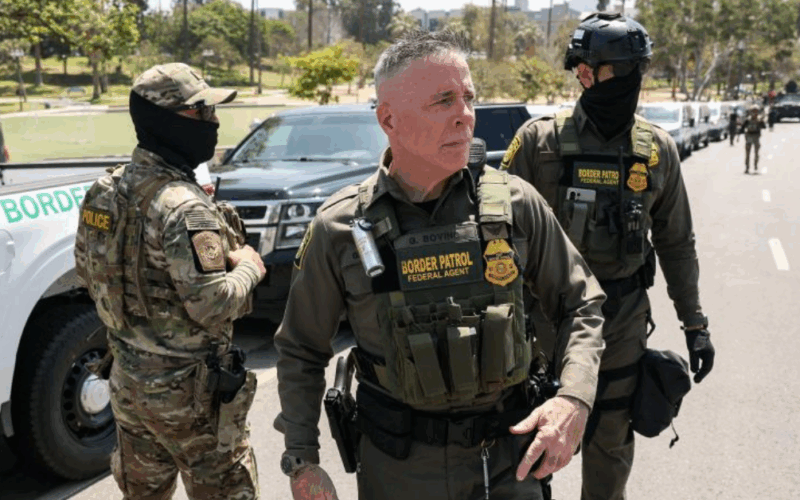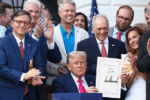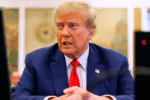Chicago, IL – The Trump administration is reportedly gearing up for a significant immigration enforcement operation in Chicago that is expected to launch as soon as September 5. Sources within the Department of Homeland Security (DHS) confirm that the tactics planned for Chicago will mirror those used in intensive operations conducted earlier this year in Los Angeles, which included the deployment of armored vehicles, tactical gear, and weaponry.
This planned escalation is stirring concerns among local officials and community leaders, who recall the widespread protests and tensions sparked by similar immigration activities in Los Angeles earlier this year. The operation in Chicago marks a renewed federal focus on immigration enforcement amid a backdrop of political friction.
Details of the Upcoming ICE Operation in Chicago
Two senior DHS officials have confirmed plans for a major immigration arrest campaign in Chicago next week. The operation is likely to employ the same rigorous methods as the spring Los Angeles actions, which drew national attention due to their intensity and the deployment of heavily armed tactical units.
- Expected start date: September 5, 2023.
- Use of armored vehicles and tactical gear.
- Coordination potentially involving Naval Station Great Lakes for logistical support.
- Focus on arresting individuals classified as criminal illegal aliens, including gang members and various offenders.
Reports indicate preliminary discussions between DHS and Naval Station Great Lakes officials have focused on infrastructure support for ICE teams involved in the operations, though it remains unclear if this relates directly to the new immigration enforcement or ongoing efforts against city crime.
Local Government Pushback and Political Tensions
Illinois Governor JB Pritzker and Chicago Mayor Brandon Johnson have both publicly opposed federal intervention focused on increased law enforcement or immigration arrests. Governor Pritzker particularly made a strong statement earlier this week, cautioning President Trump:
“Mr. President, do not come to Chicago. You are neither wanted here, nor needed here.”
Neither Governor Pritzker nor his administration has been formally contacted by the Trump administration regarding the immigration operations, according to Pritzker. He accused the federal government of planning an “invasion” rather than working in collaboration with local law enforcement.
Similarly, Mayor Johnson acknowledged hearing news reports about the operation but confirmed there had been no direct communication or coordination from federal officials.
Federal Government’s Justification and Statements
The Department of Homeland Security issued a statement emphasizing the administration’s commitment to public safety and immigration enforcement nationwide. The statement highlighted the objective to target and remove “the worst of the worst,” specifically naming gang members, murderers, pedophiles, and rapists, seen as threats to American communities.
“President Trump has been clear: we are going to make our streets and cities safe again. Across the country, DHS law enforcement are arresting and removing the worst of worst including gang members, murderers, pedophiles, and rapists that have terrorized American communities. Under Secretary Noem, ICE and CBP are working overtime to deliver on the American people’s mandate to arrest and deport criminal illegal aliens and make America safe again.”
This approach reflects the administration’s broader agenda of enforcing immigration laws rigorously while linking immigration enforcement with crime reduction efforts, although local officials distinguish immigration actions from recent National Guard deployments aimed at combatting city crime.
The Broader Context and What to Expect Next
The announcement of these upcoming operations in Chicago resurrects questions about immigration policy enforcement tactics and their impact on urban communities across the United States. The operations come amidst heightened political debate over federal and local authority in managing public safety and immigration enforcement.
- Continuing friction between federal efforts and local government resistance.
- Potential for renewed protests similar to those experienced in Los Angeles earlier this year.
- Increased federal use of tactical and logistical resources in metropolitan areas.




